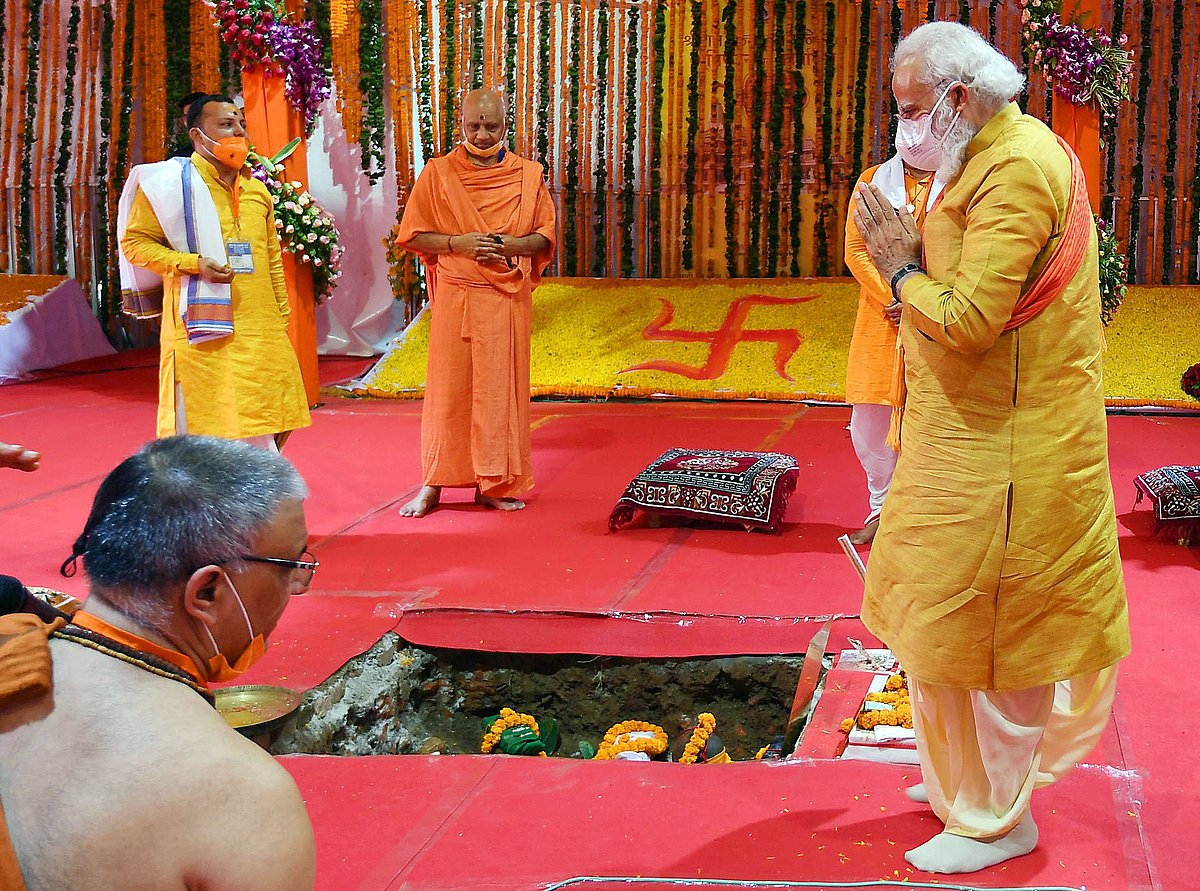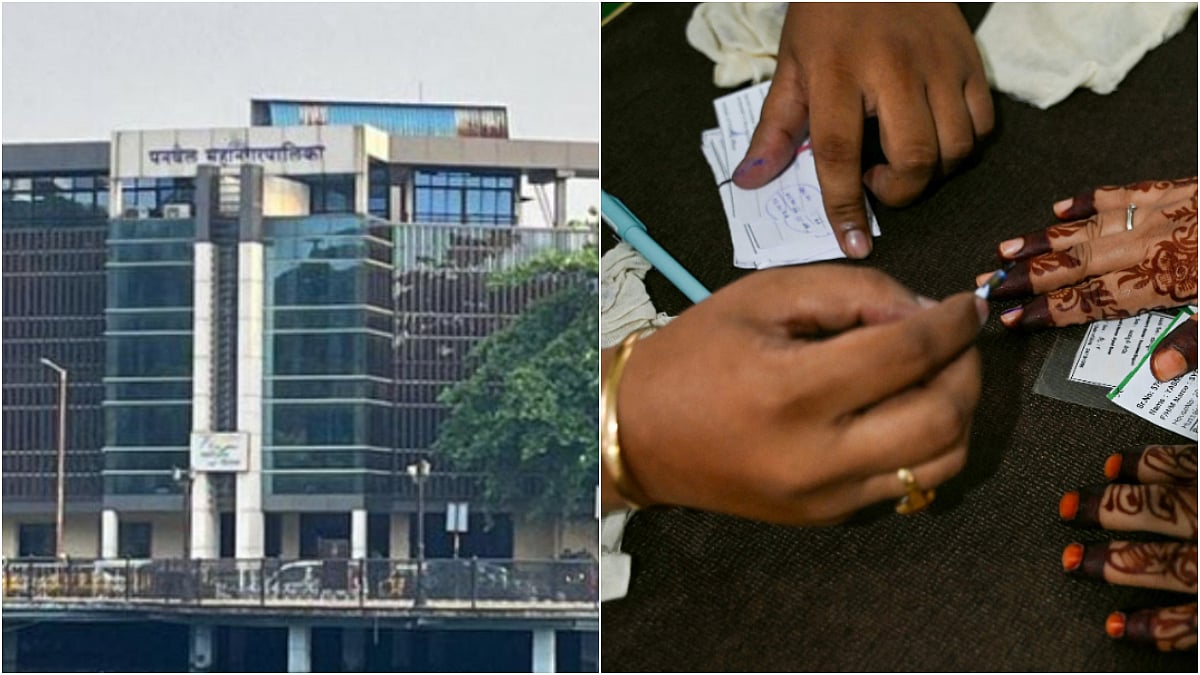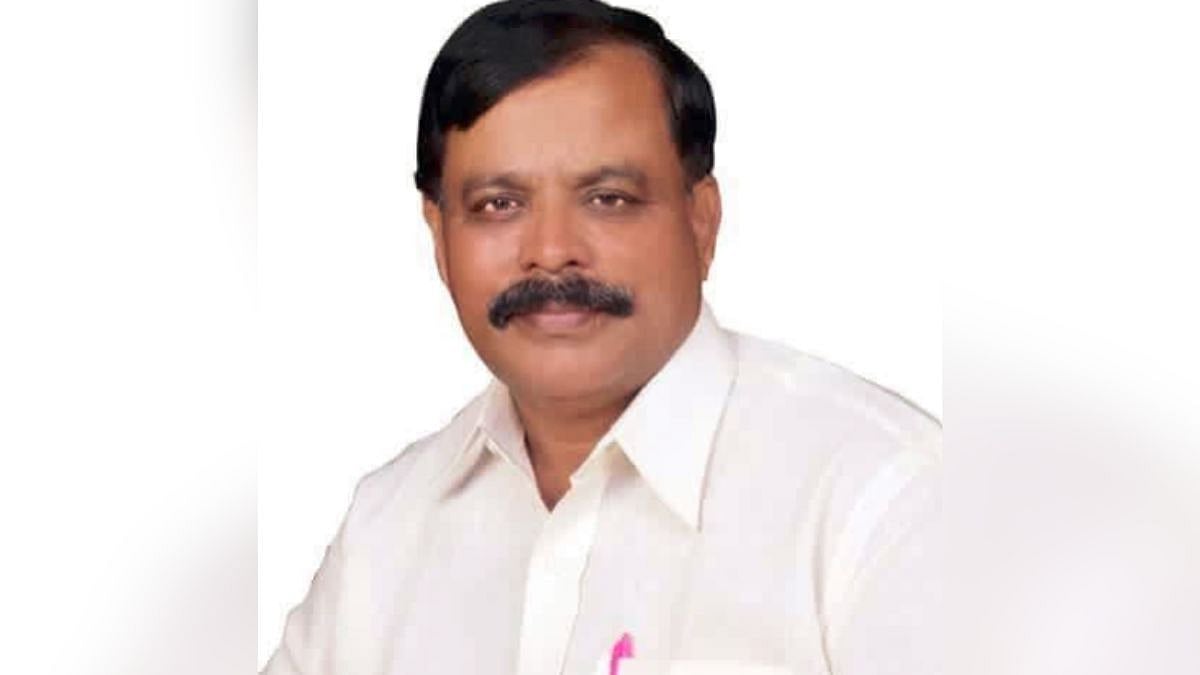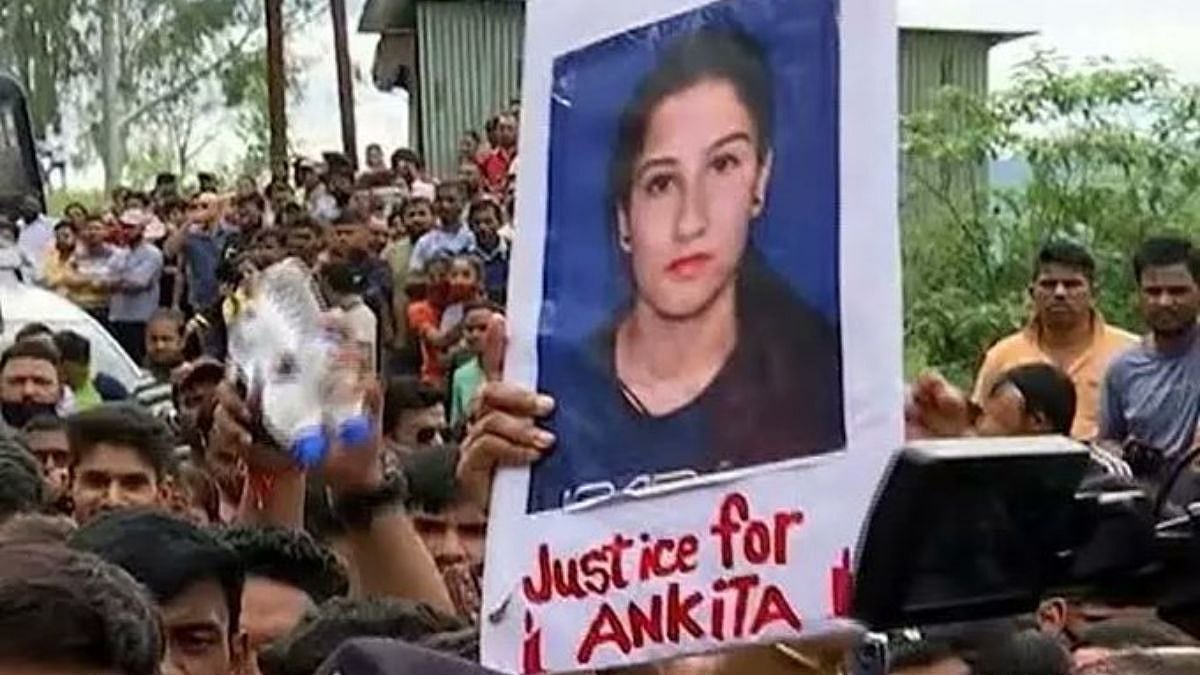The date August 5 will probably be seen as among the most important dates in Indian political history. On this date, the BJP fulfilled two of its main ideological promises: the revocation of Article 370 in 2019 and the construction of Ram temple in Ayodhya this year. After welcoming the Supreme Court judgment in Ayodhya title dispute case by all Opposition parties in November last year, the construction of the temple was unlikely to attract any form of political opposition even from the ‘ultra-secularist’ leaders in the Opposition. The all-round tacit support for the Ram temple bhoomi pujan from Opposition was an indication of the fact that since the demolition of the Babri Masjid 28 years ago, Indian politics has undergone a sea change: from the Congress-led mainstream center-left to the nationalist, populist and aggressive centre-right dominated by BJP.
When the mosque was demolished on December 6, 1992, the criminal act of vandalism was not only condemned quite strongly by most secular parties, even Atal Bihari Vajpayee had expressed regret for pulling down of the mosque by kar sevaks. There was also a strong sentiment in centrist political arena that the mosque should be rebuilt and those who demolished it should be punished. Now 28 years later, while those guilty of demolishing the mosque are yet to be punished, construction of the temple has formally begun with the laying of its foundation stone. The imprimatur of the state in ceremonials at Ayodhya — the participation of Prime Minister Narendra Modi, Uttar Pradesh Chief Minister Yogi Adityanath and Governor Anandiben Patel, all holding constitutional posts — has implications for the future of secular republic. With Modi drawing parallels between the Ayodhya movement and freedom struggle, it is clear that the temple is being used as marker for the New India that the prime minister and his party have been talking about for the past one year.
When BJP was founded in 1980, it initially moderated the Hindu nationalist stance of its predecessor Bharatiya Jana Sangh (BJS) to gain a wider appeal, emphasising its links to the Janata Party and the ideology of Gandhian Socialism. But in 1989, the party reverted back to the Hindu nationalist stance of its predecessor by adopting Hindutva as its ideology and called for the construction of Ram temple at Ayodhya by invoking Ram as a symbol of ‘cultural renaissance’. It was fairly obvious then that by hitching its bandwagon to temple cause and capitalising on anti-Muslim sentiment, the BJP was charting a different road to power: religious polarisation and ‘cultural nationalism’. Though no one really had foreseen the kind of threat to the secular fabric then which we are witnessing today, the sheer resolve of the RSS-BJP combine to redefine the idea of India was also underestimated. Therefore, the toning down of the 1989 Palampur spirit to accommodate allies who did not agree with Hindutva politics under Vajpayee between 1998 and 2004 was only a balancing act.
While the compulsions of coalition politics forced the BJP to echo a moderate line, it never abandoned its larger ideological agenda. Thus a decade later, its emphatic electoral victories twice through polarisation and successful mainstreaming of its ideology emboldened the party to take potshots at the core idea of India. Though the ideology of Hindutva predates Narendra Modi’s hold on power by almost a century, Modi today epitomises Hindu nationalism in a way no single leader has before him. He has fused the Hindutva network’s grassroots army with his own strongman image. Therefore, August 5 signifies not only a big setback to Indian republic’s secular values, institutional independence and democratic polity but also implies a complete rewiring of national politics and entails a significant change to the republic’s secular character. Political experts are of the view that the date also symbolically marks the commencement of a ‘new republic’.
As a result, the defining characteristics of the republic that we have known since independence have been replaced by new features based on religion and majoritarian politics. This has not happened overnight but has been a work in progress for a long time and gathered pace in the last six years. The last 15 months, according to political scientists, have seen abrasive use of legislative majority towards ‘rewriting the Constitution and ushering in a new grammar of state power’. It would, therefore, be a mistake to see the Ayodhya bhoomi pujan, telecast live on public and private broadcast platforms, as a mere deflecting tactic in the midst of pandemic crisis and plummeting economy. The fact that the temple foundation ceremony was planned for August 5, which marked the completion of one year of Article 370 abolition, was a moment of rejoice for the designers of the Hindu Rashtra project, but a cause of concern for those who believe in secularism and the Constitution.
India’s democratic project was always fraught with the risk of majoritarian politics. That risk has been exploited by the proponents of Hindutva at ideological and political level. Ayodhya provided that perfect opportunity to the BJP. Over several decades, the RSS and its affiliates, including its political progenies BJP and BJS earlier, have worked relentlessly to achieve their majoritarian objective to redefine the secular republic on the basis of religion. They seem to have succeeded in their efforts in which politics played a major role, though political personalities changed. What has helped the BJP greatly is the voiceless Opposition’s inability to effectively counter the majoritarian onslaught.
Hinduism is a polytheistic faith with divergent practices and beliefs. The logic of developing Hindutva as a common umbrella for Indic faiths has been to unify Hindus with some broad agreement on ideological issues. It is why criminalisation of triple talaq, passage of Citizenship Amendment Bill and revocation of Article 370 have been viewed as direct outcomes of consolidation of majoritarian politics. The construction of the Ram temple, though facilitated by a favourable court verdict, while the Muslims felt deprived and let down by the highest court, was also a result of majoritarian sentiment getting precedence over legality. For the BJP, all these are matters of political faith but for others they are assaults on the republic and the Constitution.
But the question is whether legislative majority alone was enough for the BJP to fulfil its ideological agendas. While its majority in Parliament and ability to manage numbers in the Rajya Sabha has been one of the reasons for bringing about contentious changes, the use of investigative agencies against opponents, muffling of dissent and debate, willingness of the judiciary to look in the opposite direction, the complicity of media in marketing divisive agenda of the ruling dispensation and the troubling silence of most of the Opposition parties have all contributed to the rise of militant culture of majoritarian politics.
The writer is an independent Mumbai-based senior journalist.









